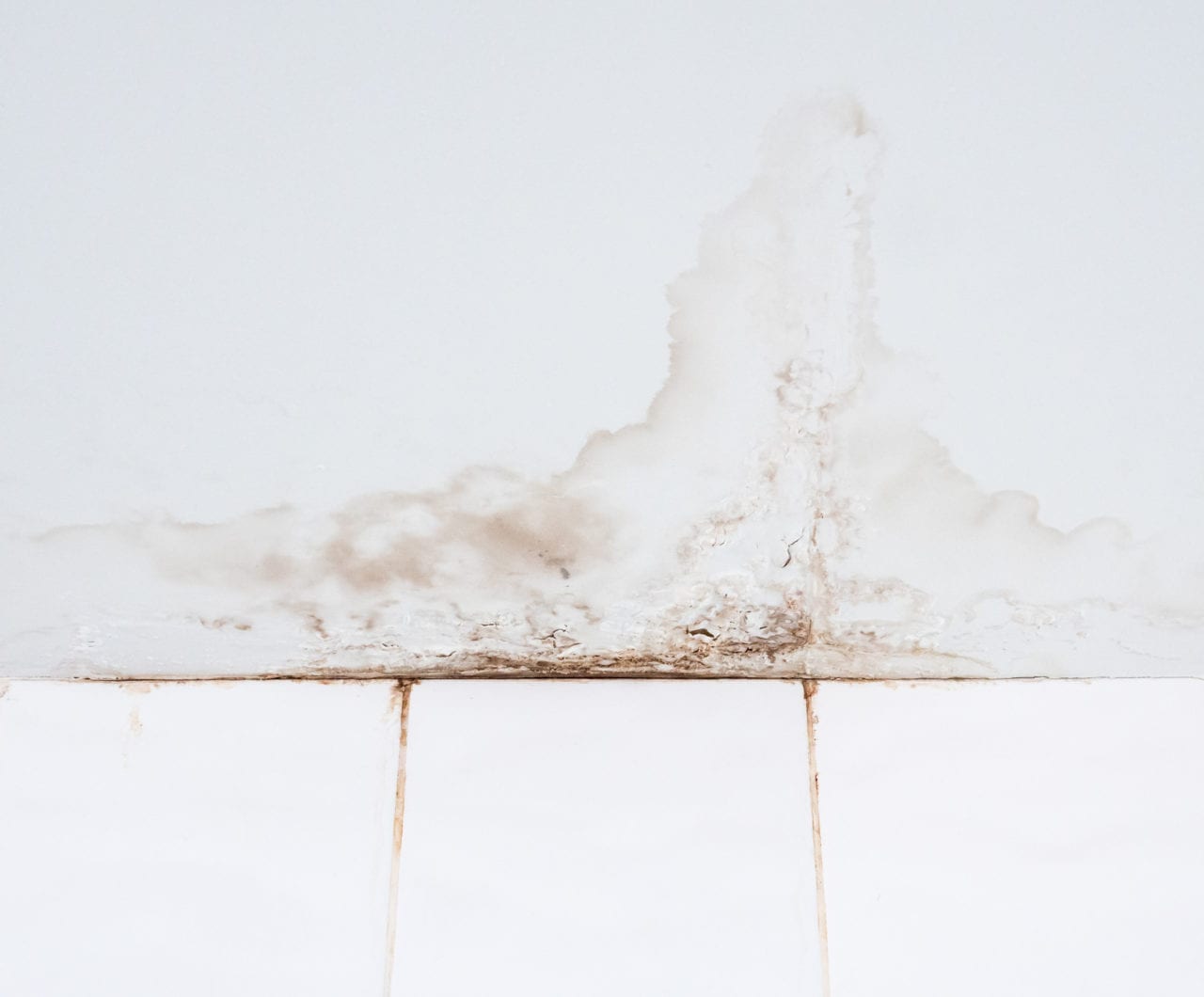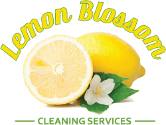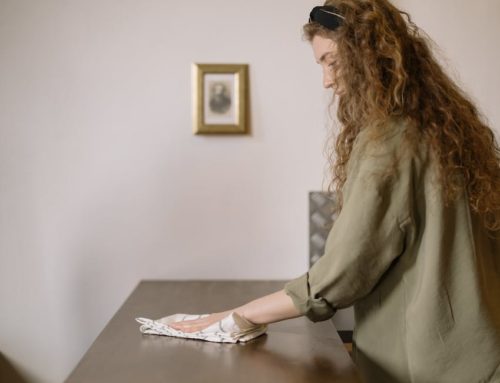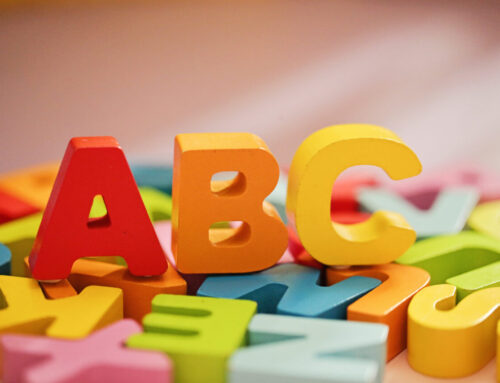
When it comes to our homes, we often deal with the most pressing problems first. It seems there is always something that needs fixing that gets in the way.
That means projects like stained walls often get pushed back. We spend so much time fixing the problems that guests can’t see, and overlook the issues staring our guests in the face.
If you’re tired of looking at your stained walls, Lemon Blossom can help. Here are three tips for dealing with your stained walls.
The Problem with Stained Walls
When it comes to stained walls, we often overlook what caused them in the first place. Sure, water stains are easy to identify, but many types of stains can cause stained walls.
Some examples that come to mind are grease, dirt or grime, ink, crayon or permanent marker, and even mildew. Stains require different solutions to remove them.
1. Removing Mildew and Water Stains
The most common type of stained walls is mildew and water stains. To clean each requires different treatments.
Mildew Stains
Mildew is a fungus. It eats soap scum and body oils left on walls. Don’t worry, we’ve got you covered.
To make vinegar water, just mix:
- One tablespoon of white vinegar with one quart of water
If that doesn’t work, you can also try an enzyme laundry detergent. Follow the instructions on the package.
Water Stains
After you have diagnosed and solved the source of your water stain problem, we’re here to help.
To remove water stains:
- mix one cup of bleach and one gallon of water
- dry area with a hairdryer
If this doesn’t remove the stains, you’ll need to paint. Use a stain-killing primer before applying paint.
2. Removing Grease, Dirt, and Grime Stains
Grease can accumulate in kitchens from cooking. Dirt and grime build-up can form from the oil from our bodies and touching walls.
Grease
Grease can become a fire hazard if left to build up. Luckily, this common stain is easy to clean.
To remove grease stains:
- Use dish soap and water
- For stubborn stains use 1/3 cup of white vinegar and 2/3 cup of water
Dirt and Grime
Dirt and grime can build-up over time. Dirt and grime can make your house look dull and dingy. You can use wall erasers to remove stains.
To remove larger dirt and grime stains from your walls, mix:
- one cup of ammonia
- 1/2 cup distilled white vinegar or apple cider vinegar
- 1/4 cup baking soda
- one gallon of warm water
Wipe this solution on the walls using a sponge or a rag. Rinse with water.
3. Removing Crayon, Permanent Marker, and Ink Stains
Stains from crayons, permanent markers, and ink are common when we have children in the home. Here are ways to remove these common stains.
Crayons
Removing crayons can be as simple as using wall erasers. If this doesn’t work, you can rub stains with toothpaste, baby wipes, or baking soda and water.
Permanent Marker
A permanent marker stain can be difficult to remove. You have two options:
- Soak a cotton ball in rubbing alcohol and dab
- Spray hair spray over the stain and wipe away drips
If this doesn’t work, reapply. If the stain persists, use paint.
Ink
A ball-point pen uses oil-based ink. When it comes to ink stains, you have three choices.
- Shaving cream
- Carbona
- Nail polish remover
Be sure to open a window for ventilation. Dab the stain.
Stained Walls Are the Worst: We Can Help
If all this seems like too much hassle. Don’t worry. We can help. We have a whole host of different home cleaning services to help you clean stained walls.
If you’re looking for professional cleaning, call us today at 469-617-7676.
If you found this post helpful, feel free to browse around our blog for more useful tips on keeping your home clean.






